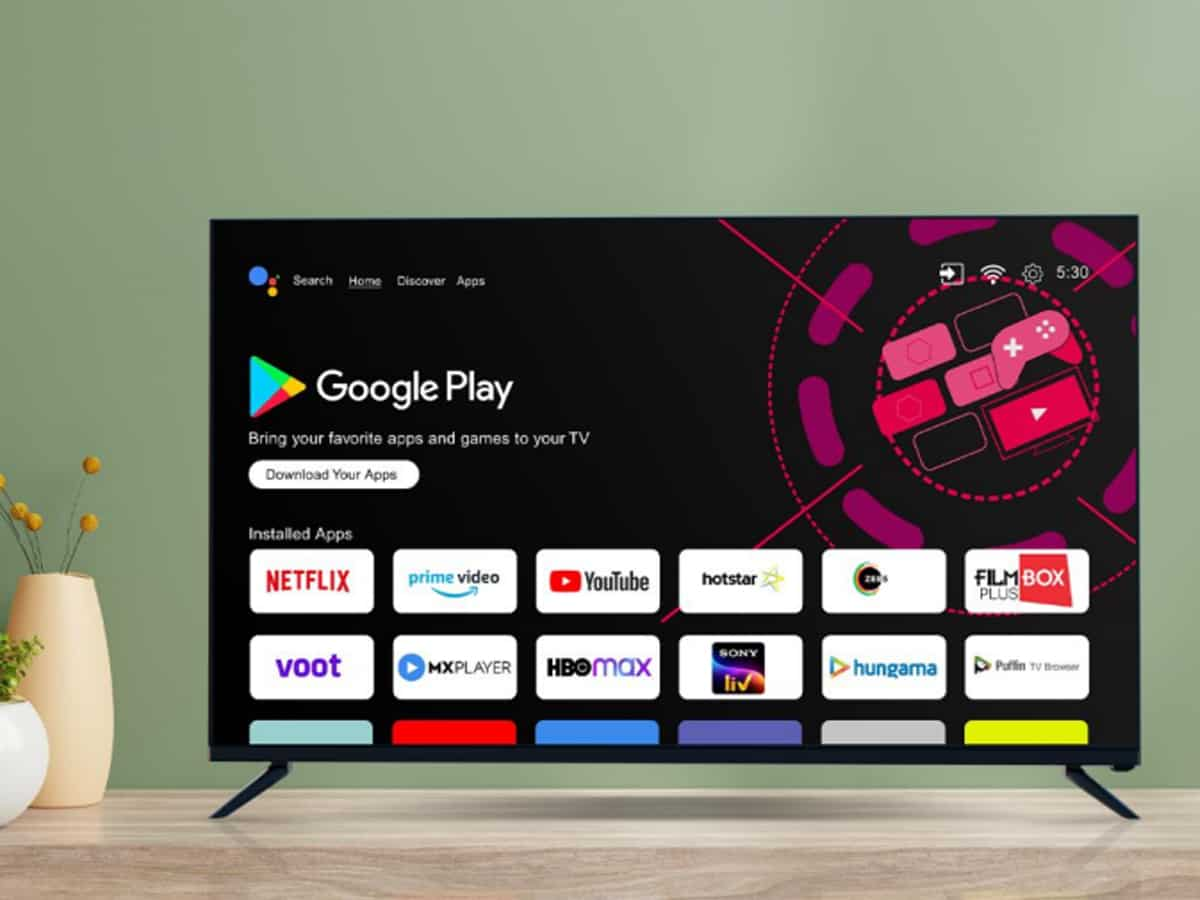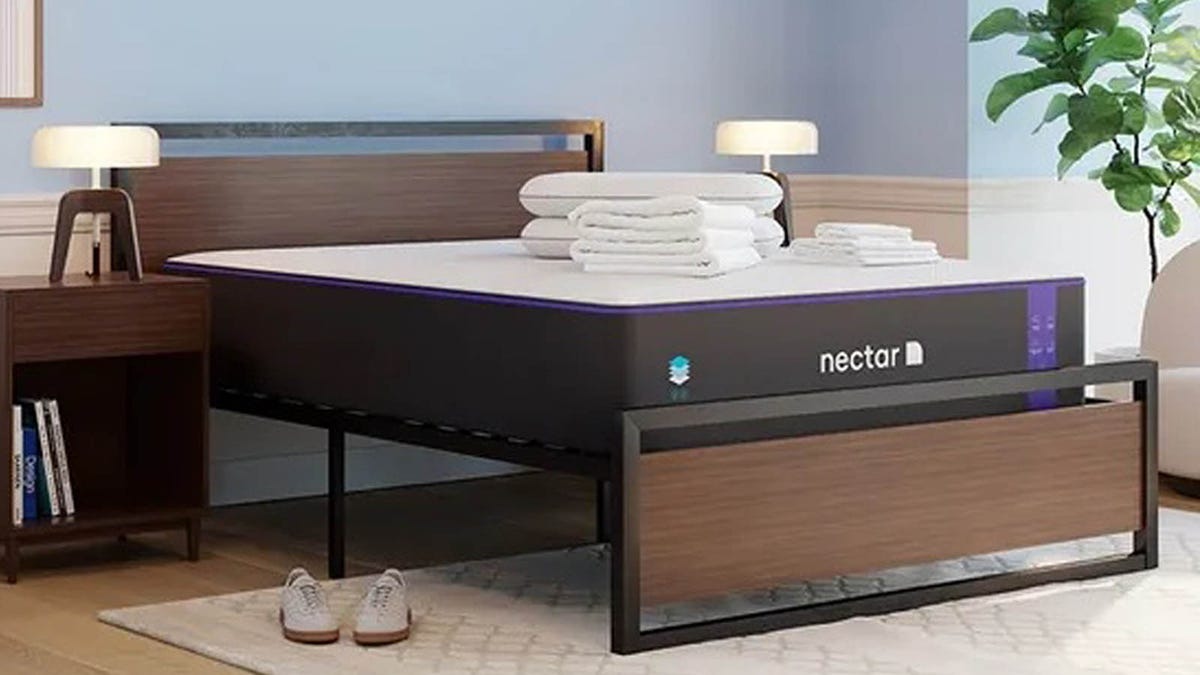Moments before MJ Zayas and Donald John Krams exchanged vows on Sept. 24, 2022, at the Loft by Bridgeview, an events space in Island Park, N.Y., Mr. Krams was brought to tears when he saw his soon-to-be spouse for the first time.
“The green was a must. It’s my favorite color,” said Mx. Zayas, who uses the pronoun they. “Wearing this ensemble and seeing my husband cry at how beautiful he thought I looked in it were the most affirming and unforgettable moments of my life.”
Mx. Zayas, 32, a grant coordinator at a nonprofit service provider for people with developmental disabilities in Plainview, N.Y., near where the couple lives, wore a custom emerald green jacket and a matching pleated, high-waist skirt. They accessorized with combat boots and a large, exaggerated black bow that hung purposefully around their neck — a stark but complementary contrast to Mr. Krams’s rented suit from Men’s Wearhouse. (Mr. Krams, 34, is an operations associate for Moncler, the luxury coat company.)
Mx. Zayas’s outfit was created by Shao Yang, the owner of the Tailory New York, a clothing company specializing in customized, inclusive and gender-neutral options.
Over the past few years, industry professionals have seen a small but notable rise in gender-neutral wedding attire — a departure from the feminine and masculine garments that defined bridal fashion — particularly from designers who are a part of the L.G.B.T.Q. community and allies who feel a responsibility to provide inclusive apparel. These garments are often custom made and can include three-piece suits, jumpsuits, dresses and blazers. More traditional silhouettes might feature dramatic and personalized touches or surprising colors.
A 2022 report by Klarna, a Swedish fintech company that provides online financial services, found that 36 percent of U.S. consumers had purchased fashion outside of their gender identity. Gen Z consumers are the biggest adopters of gender-fluid fashion, the report said, “with almost 58 percent of shoppers in this age group having purchased a fashion item outside of their gender identity.” (Millennials trailed behind at 40 percent, while Gen Xers contributed 22 percent.)
“Having options for how people want to dress for their wedding is finally becoming reflective of the multitude of ways people are identifying and expressing themselves,” said Lei Bretón, 46, a transgender formal wear designer based in Indianapolis and the owner of the House of Bretón, which offers wedding attire for trans, queer, gay, nonbinary and plus-size clients.
“Wedding dressing is a language of its own,” said Jackson Wiederhoeft, 30, a New York-based designer and the owner of Wiederhoeft, which specializes in flamboyant and androgynous garments. “You can say things with your body and with dressing that you can’t say with words. That power is extreme. It’s a statement for yourself and everyone else in the room.”
Mx. Wiederhoeft, who uses they, said they wanted everyone to see themselves and their bodies in a way they never expected while wearing something gender affirming. Given the industry’s ongoing challenges to be more inclusive, it’s a grandiose goal.
“In terms of fashion, we are seeing genderless or nonspecific gender in bespoke designs by people who have the financial resources to take the gamble to decide if now is a good time to test the waters,” said Helana Darwin, a sociologist who specializes in gender and the author of “Redoing Gender: How Nonbinary Gender Contributes Toward Social Change.” “That doesn’t mean we’re seeing that across the fashion or wedding industry.”
To move the needle, Dr. Darwin suggested that other clothing manufacturers would have to “decide that it makes financial sense to create genderless clothing and that there’s sufficient demand for them to invest the resources into the supply.”
The wedding industry might be the last to adopt gender-neutral offerings, she added, “because this particular type of fashion has the risk of eliciting outrage when it goes away from the gender binary.” She argued that there was still a widespread belief that marriage should be between a man and a woman. “So people feel strongly about clothing and how it should reflect that,” she said.
One of the biggest hurdles in normalizing gender-fluid attire is the sizing in traditional bridal collections. Mx. Bretón, who uses they, said that most trans and nonbinary bodies didn’t fit a typical suit or dress, which is why “it’s so important to have someone who understands their specific bodies and can make them feel comfortable and fully seen,” they said.
Mx. Bretón, a self-taught Colombian-born designer who created custom looks for 30 clients in 2023, often starts designing with clients a year before their wedding date. Offerings include three-piece, stretchy wool suits. Prices range from $3,500 to $4,000, depending on the fabric, and include a custom shirt. Dresses are purposely made with spiral steel boning, which offers more movability and a defined fit, they said. A light pink “Jellyfish Liberace” jumpsuit, complete with a “Little Mermaid” treasure trove-inspired silk cape, costs $4,500.
“Fabric doesn’t have a gender. It’s the gender that we put on it,” Mx. Bretón said. “As a trans designer, it’s important to give more permission to wear whatever you want.”
Mx. Wiederhoeft agreed.
“This is the day to say who am I, who do I want to be, and who am I in the context of this relationship?” said Mx. Wiederhoeft, who described the industry as a slow-moving entity where all visions and voices are not represented. “Bridal boutiques are not carrying what’s exciting. They don’t want to take the risk. Not everyone is in this moment. There is still a fear.”
Last year, Mx. Wiederhoeft opened their Fashion Week show with Richie Shazam, a nonbinary model who strutted the runway donning a $7,000 modern, Victorian-inspired white wedding dress with sequin-covered long sleeves, which created a pixilated disco ball effect. A large, black embroidered bow embellished the front.
“Many people are not used to seeing queer imagery. There’s still a lot of convincing, but gender is in the conversation,” Mx. Wiederhoeft said, adding that “visibility” is one way to help normalize and make these outfits more accepted.
Curtis Cassell, 35, was working as a waiter for the Ivy Room at Tree Studios, an events space in Chicago, while designing costumes on the side from 2014 to 2017 and routinely saw two fashion options at weddings: men in black suits and women in white dresses.
“I wanted to create a line of gender-fluid wedding wear that didn’t fit into the wedding world and didn’t fall into the men’s rack or women’s rack, but rather filled the aisles in between,” he said.
Mr. Cassell, who is from Ohio and moved to the Greenpoint neighborhood of Brooklyn in 2018, said he enjoyed balancing masculine clothing with feminine drama, like trains, beading and hoop skirts. In 2020, he created Queera, a gender-inclusive formal wear company in New York. His first collection, released that year, was a nod to the beach and to Romeo and Juliet — “think dramatic, historical, big shapes a la old-school Met Gala,” he said.
His 2024 collection is a deconstructed analysis of the tuxedo. “A mix-and-match gender expression of shirts and suits and tuxedos, which have exploded into gowns and blazers,” said Mr. Cassell, who designs six to eight wedding outfits a year for clients while still waiting tables. “We should have garments divided into body types that represent everyone’s identity and expression, especially on your wedding day.”
Marteal Mayer, 34, the owner and designer of Loulette Bride, a boutique bridal store in Greenpoint, offers the type of shopping Mr. Cassell encourages. Her sustainable and natural fabrics are made into gender-neutral garments in a wide range of sizes “that are all within one collection, so you don’t have to be designated to a certain section,” Ms. Mayer said.
Loulette Bride focuses on textured fabrics like silk jacquard and lace from France. Prices range from $500 for tops to $4,500 for gowns. Shirts are lined with cotton bobbinet, creating a breathable netting, making it extra malleable for different body types. There are dozens of garments that people can mix and match, including dresses, pants, jumpsuits, skirts and capes.
For her Spring 2022 shoot, she photographed two male friends in her dresses.
“It’s important to show representation of everyone in a safe environment where they feel seen and understood,” Ms. Mayer said. “You can’t just show slim, straight female bodies in size zero. That’s hard to see yourself in.”
Ms. Yang, 44, the owner of the Tailory New York, was working in a predominantly male environment, creating customized men’s suits, when her frustration with the lack of options for women and the gender-fluid community inspired her to start an inclusive line in 2014.
“I was in a boy’s club, and no one wanted to partner with me when I told them about expanding our services to other types of bodies because they didn’t see a need,” she said.
Her wedding line consists of different customized options: a three-piece tailored suit, jumpsuit, dress and beaded blazer, all of which “strikes the perfect balance between your feminine and masculine sides,” said Ms. Yang, adding that her jumpsuits, a fused-together dress and suit, are her most popular items.
“It affirms someone’s identity,” she said. “Most of our clients are fluid and don’t fit into the traditional wedding category.”
Ms. Yang dresses over 300 people every year for their weddings and special events. Her jumpsuits are made from Italian stretch satin and start at $2,950. Hand beading or embellishments can cost an additional $1,500 to $5,000. Fees include customized designs, fittings and alterations. “Creating wedding clothing for everyone is a revolution,” she said. “It’s encouraging everyone to live as themselves and to feel safe, vulnerable and seen while doing that.”
Still, some people may find that genderless clothing can be “a high risk for wedding fashion to take,” Dr. Darwin said. “Especially when you’re mixing and mingling symbols of different things to create your own hybrid and reality.”
But people like Mx. Zayas say that having gender-neutral options is life affirming.
“I wanted to wear an expression of myself; I wanted to break the rules,” Mx. Zayas said. “I don’t know what I would have worn if these options were not available. Clothing shouldn’t have rules, especially on the biggest day of your life.”















+ There are no comments
Add yours